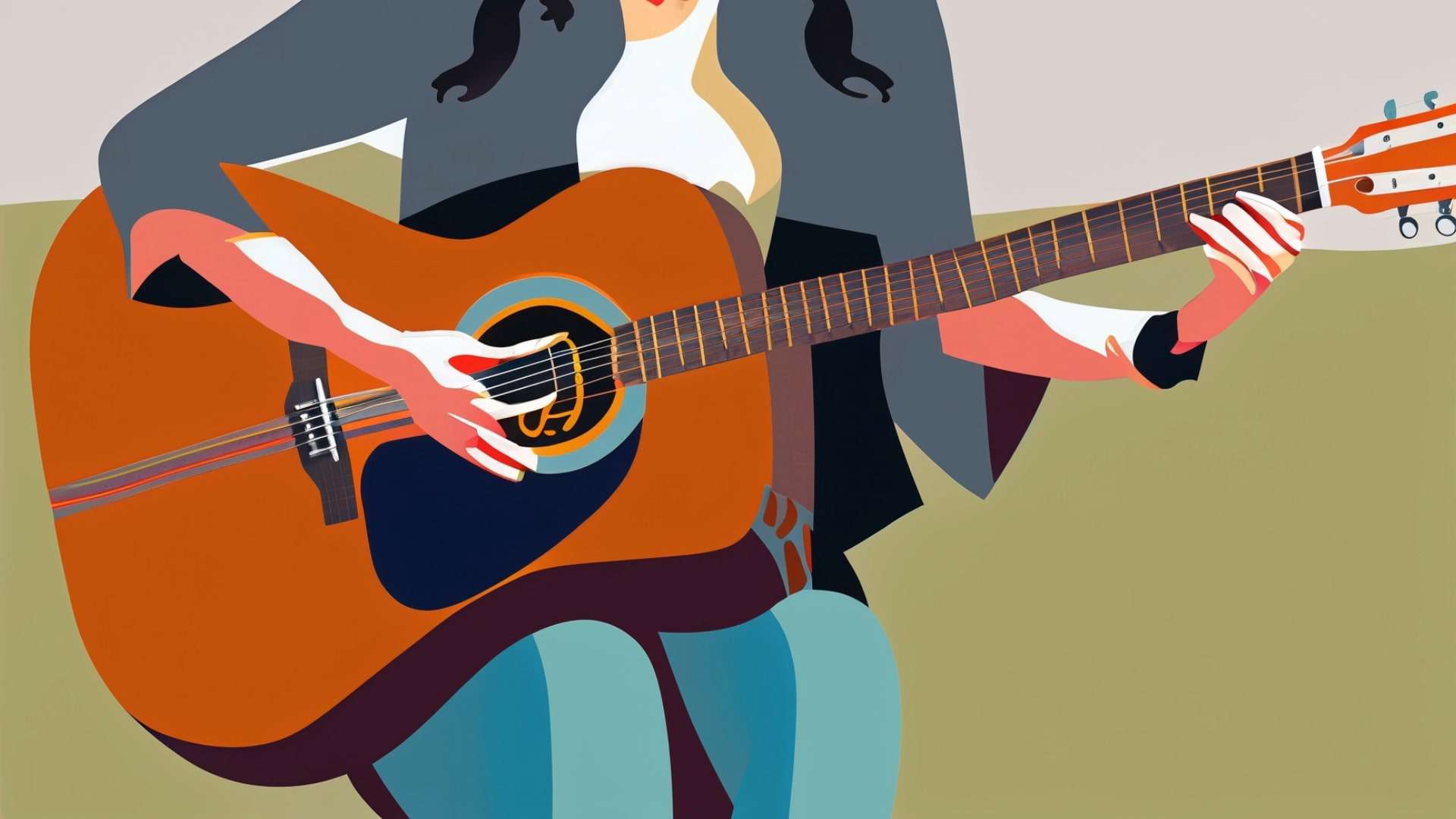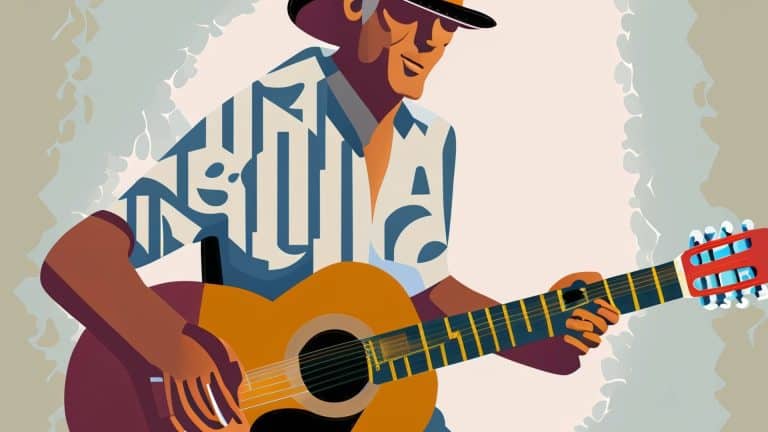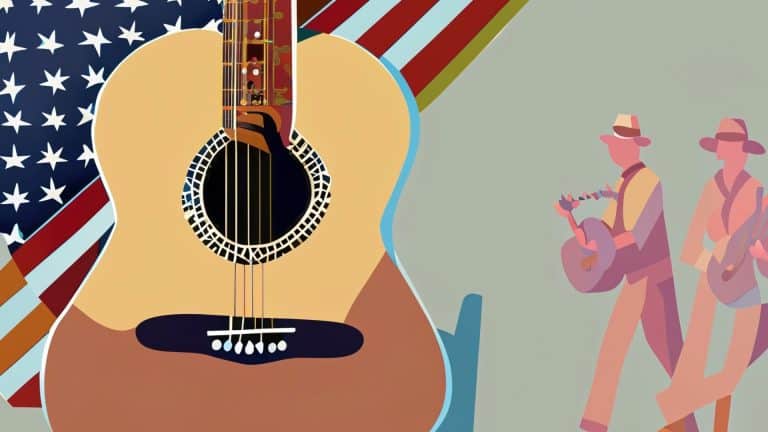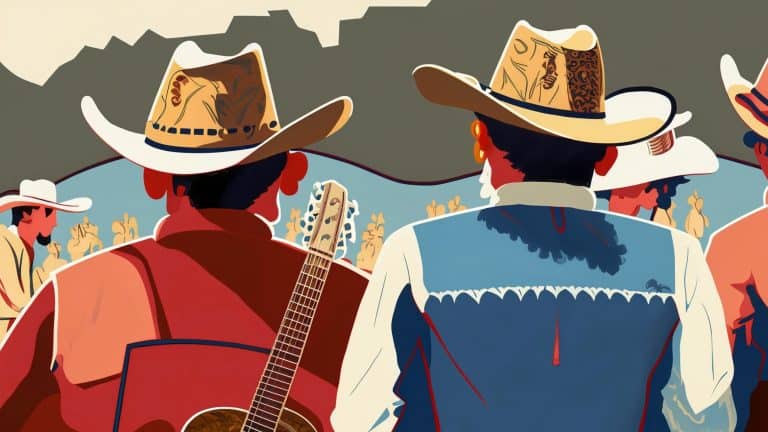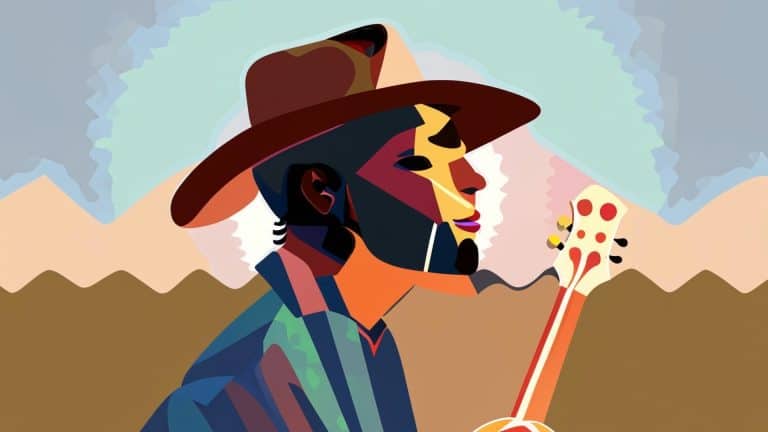Exploring Appalachian Folk Music’s Influence on Country
Unearthing the Soulful Sounds of the Mountains
Howdy folks! There’s nothing quite like the sweet sounds of classic country music to make you want to scoot your boots. But before the rhinestone suits and big hair of Nashville, country music had its humble beginnings in the misty mountains of Appalachia. This enchanting region gifted us with a rich musical heritage that’s woven into the very soul of country. So join me as we mosey on back to explore how Appalachian folk music left its mark on country over the years. We’ll dig into the roots of these melodies, the instruments that define them, and the artists who brought a little bit of mountain magic to Music City. Happy picking and grinning!
The Roots of Appalachian Folk Music
The story of Appalachian folk music is as old as the towering peaks themselves. When settlers from Europe like the English, Scots, and Irish came over the pond to start a new life, they brought traditional ballads and instrumental styles with them. Blending with the music of Native tribes like the Cherokee, these sounds comingled into something new and wonderful. The diverse mix of cultures created a hearty musical stew!
Folk songs were a form of storytelling and expression for mountain folks. Living an isolated life way up in them hills, music was a comfort and pastime. Families would gather on the front porch to play fiddles and banjos, singing songs passed down through generations. The lyrics reflected the hardscrabble existence – tales of life, love, tragedy, faith, and death. These weren’t frivolous ditties; they were windows into the Appalachian soul.
Instruments were crafted by hand using materials found in the mountains. Playing styles emphasized emotion with bluesy notes and unique picking patterns. Voices in tight harmony joined in call-and-response singing. This signature “high lonesome sound” of Appalachian folk tunes stirs the spirit unlike anything else. Even today, a fiddle’s whimper can bring a tear to your eye faster than an onion!
Appalachian Instruments: The Heart of the Music
At the core of Appalachian folk are the instruments that give this music its twangy, earthy flavor. Most iconic is the banjo, said to be adapted from African instruments by enslaved people. Early banjos were made of wood, animal hide, and even gourds! The five-string resonates with a crisp, metallic ping that gets your toes tappin’.
The fiddle is also central, brought over by Scottish and Irish settlers. Made of maple or spruce, fiddles have a warm, mellow tone perfect for reels and heartfelt ballads. In skillful hands, a fiddle sings sweetly and makes you feel the longing in the melody.
Other classic instruments include the dulcimer, mandolin, autoharp, harmonica, and jaw harp. Dulcimers have a pretty, almost harp-like sound from their wire strings. And nothing quite beats a mandolin’s twang! Crafted by hand using cherished techniques, these instruments represent a proud tradition of creativity and resilience. Their voices echo through the hollows, telling age-old stories in a language all their own.
| Common Appalachian Folk Instruments | Description |
|---|---|
| Banjo | Five-string resonator instrument with crisp metallic sound. Adapted from African origins. |
| Fiddle | Maple or spruce instrument that produces warm, melancholy tones. Brought by European settlers. |
| Dulcimer | Trapezoid-shaped zither with delicate wire strings plucked for harp-like sound. |
| Mandolin | Teardrop-shaped, 4-paired string instrument with bright, twangy sound. |
| Autoharp | Chordophone instrument played by strumming while pressing buttons to change notes. |
| Harmonica | Handheld wind instrument, also called a “mouth organ.” Creates bluesy sounds. |
| Jaw Harp | Small metal instrument plucked while held against the mouth. Makes a twanging vibration. |
Melodies of the Mountains
At the heart of Appalachian folk music are the timeless melodies and ballads sung in tight harmony. Many deal with hardship, loss, love and spirituality. “Darlin’ Corey” tells of a maiden’s love gone astray when her sweetheart heads west. “Cumberland Gap” recounts the dangerous journey through the mountains into Kentucky’s wilderness. And “Amazing Grace” expresses profound emotion and redemption through its lyrics.
Other classic tunes are cheerful, quick-paced dance numbers like “Boil Them Cabbage Down.” The fiddle jumps while feet stomp out the beat. Or sad, slow airs like “The Wayfaring Stranger” pluck at your heartstrings. Even instrumental hoedowns like “Sally Goodin” somehow contain a world of feeling without words. Passing through the valleys, you can almost hear the ghosts of long ago fiddlers playing these old tunes in the evening air.
But beyond individual songs, Appalachian folk music has distinct characteristics woven through the repertoire:
- Modal scales: Songs based on old modes like Mixolydian give Appalachian tunes their melancholy flavor.
- Ornamentation: Grace notes, slides, and vibrato add emotion to the music.
- Rhythmic drive: Fast-paced dance tunes keep feet tapping and hands clapping.
- Call-and-response: Vocal lines interact in a conversational style.
- High lonesome sound: Tight vocal harmonies and high pitches evoke a mournful, haunting mood.
These motifs create a tapestry of sounds that perfectly captures the Appalachian experience. Even without knowing the history, ears recognize that high lonesome sound as the voice of mountain folk.
The Appalachian Influence on Country
During the 1920s, Americans got wind of old-time mountain music, and they went hog wild for it! Record companies soon set up shop in Appalachian towns, signing musicians like Fiddlin’ John Carson who racked up hits with hillbilly tunes. Before long, the mountains turned into a motherlode of country gold. Stars emerged left and right, always holding onto those Appalachian roots.
One of them pioneering fellers was A.P. Carter of the Carter Family. A.P. trekked through remote hollers to find and record nearly 300 songs like “Wildwood Flower” for posterity. Mother Maybelle Carter sure could make a guitar dance too with her iconic “Carter scratch” style. Their old-timey harmonies left a mark on generations to come.
And who could forget Hank Williams Sr., the daddy of country music himself. Though an Alabama boy, Hank had Appalachian blood and it showed in his music. Songs like “I’m So Lonesome I Could Cry” channel that high lonesome sound to perfection. Legends like Bill Monroe and Dolly Parton also carried the spirit of the mountains from Appalachia to Nashville and beyond.
Today, you can still hear the mountains’ echo everywhere in country music. It’s in the bluegrass style banjo of The Band Perry’s hit “If I Die Young.” It’s in the folky nostalgia of the O Brother, Where Art Thou? soundtrack that had millions yearning for simpler times. However far modern country music wanders from its roots, a bit of mountain magic weaves through it all.
Appalachian Folk Revival in Country
Though old-timey country fell out of fashion for a spell, lately folks are remembering those Appalachian roots. Contemporary artists are digging deep to unearth the past, reawakening modern audiences to the wonders of mountain music.
Alison Krauss and Union Station brought the sound of the hills back to the mainstream with their Grammy winning album New Favorite. Krauss’ angelic soprano breathes new life intoAppalachian ballads accompanied by plaintive fiddle and guitar.
The Avett Brothers blend old-fashioned mountain folk with indie sensibilities. Tunes like “Head Full of Doubt/Road Full of Promise” showcase emotional lyrics, tight vocal harmonies and banjo that harken back to Appalachian heritage.
Tyler Childers is a pioneer of the modern Appalachian revival. Hailing from Kentucky coal country, Childers’ albums Purgatory and Country Squire are filled with fiddle-laden honkytonk telling vivid tales of life back home. For old souls missing that high lonesome sound, Childers’ music is a breath of mountain air.
By revisiting songs from front porch jam sessions of the past, today’s artists keep the flames alive. The new generation is discovering that perhaps the old ways were better after all.
Conclusion
From the rugged peaks of the Smokies down to the honkytonks of Broadway, Appalachia’s music leaves its mark wherever guitars and banjos are played. Its soulful melodies and hardscrabble lyrics are brewed from a long tradition of handcrafted tunes. Through generations of pickers keeping folk music’s embers burning, Appalachia gifted country music a priceless heritage.
So next time you have a hankering for country’s pure mountain sound, go searching through the hollers of yesterday. There you’ll find the very roots that made country music so beloved. Even in today’s modern world of flash and glitter, a bit of folk’s honest spirit shines through. And that’s as welcome as a sip of moonshine on a cool evening!

